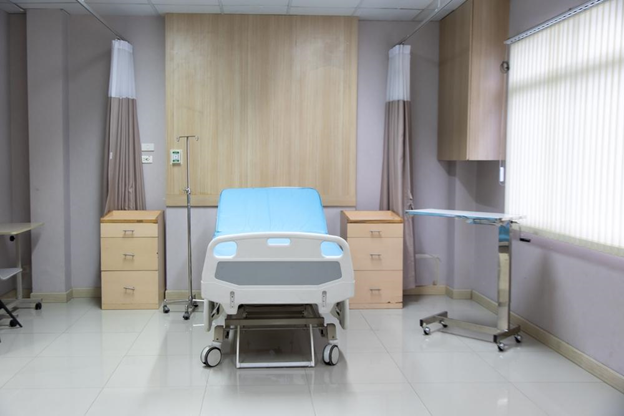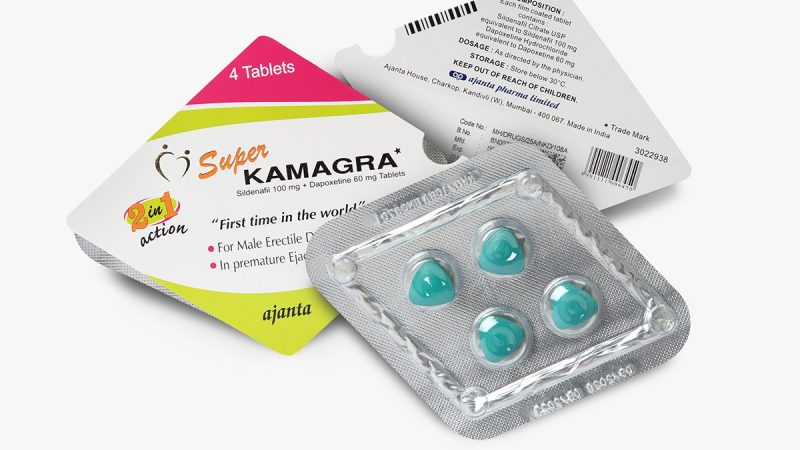Pico Laser Review: Real Results and Benefits of This Non-Surgical Treatment

Pico laser technology has gained popularity in recent years as an innovative approach to skin improvement. A powerful yet gentle treatment, pico laser can address various skin concerns, including pigmentation, scarring, and the effects of aging. This article will delve into the benefits of pico laser treatments and the potential it holds to transform the field of aesthetic medicine.
The pico laser has become a game-changer for patients seeking quick and effective solutions to enhance the appearance and health of their skin. Utilizing short, ultra-fast pulses of energy, these lasers break down pigmentation and other unwanted particles in the skin without causing damage to surrounding tissues. Consequently, this allows for faster healing times and fewer side effects compared to traditional laser treatments.
With growing evidence supporting the efficacy of pico laser in various applications, this treatment is revolutionizing how we approach skin improvement and cosmetic dermatology. As we explore the benefits of Pico laser further, it is essential to understand the science behind this cutting-edge technology and how it can enhance the quality of our lives.
Understanding Pico Laser
Pico lasers are a technological advancement in the field of laser skin treatments, offering a range of benefits for those looking to improve their skin’s appearance. This section will discuss how pico lasers work and the various types that are available for treatment.
How Pico Lasers Work
Pico lasers use ultra-short pulses of laser energy to target specific pigments or structures in the skin. These pulses are measured in picoseconds, which are one trillionth of a second. This extremely short pulse duration allows pico lasers to deliver powerful energy to the target area without causing damage to the surrounding tissue.
When the laser energy reaches the target, it breaks down the pigments or structures into smaller particles that the body can naturally eliminate or reabsorb. This process, known as photomechanical fragmentation, has been found to be more effective and efficient than traditional laser treatments with longer pulse durations.
Benefits of Pico Lasers for Skin Improvement
Treating Pigmentation and Melasma
Many Pico laser reviews claim that this procedure is effective in treating various types of skin pigmentation issues, such as age spots, sunspots, and melasma. These high-energy, short-pulsed lasers target pigmented cells in the skin, breaking them down into smaller particles that are then eliminated by the body’s natural process. This leads to a more even skin tone and reduced appearance of pigmented areas.
Reducing Acne Scarring
Acne scarring can be difficult to treat, but pico lasers offer a promising solution. They work by targeting damaged skin cells and stimulating collagen production, which helps in the natural healing process and improves the overall texture of the scarred skin. Over time, the treated area will become smoother and less noticeable.
Skin Tightening and Rejuvenation
Pico lasers offer skin tightening and rejuvenation benefits as well. By stimulating the production of collagen and elastin, these lasers help improve the skin’s overall firmness, elasticity, and texture. The result is a younger, more revitalized appearance. Pico laser reviews also claim that it can address fine lines and wrinkles, giving the skin a smoother, more youthful appearance.
In summary, pico lasers offer multiple benefits for skin improvement, including treating pigmentation and melasma, reducing acne scarring, and promoting skin tightening and rejuvenation. These treatments are a safe and effective option for individuals seeking to enhance the appearance and health of their skin.
Potential Side Effects and Risks
Pico laser treatments, although considered relatively safe, can still cause temporary redness and swelling post-treatment. These side effects are common and can be expected, especially in sensitive skin types or during the initial treatment sessions. Generally, redness and swelling subside within a few hours to a day after the treatment. To help reduce these effects, clinicians may apply a cold compress or recommend over-the-counter anti-inflammatory medication.







